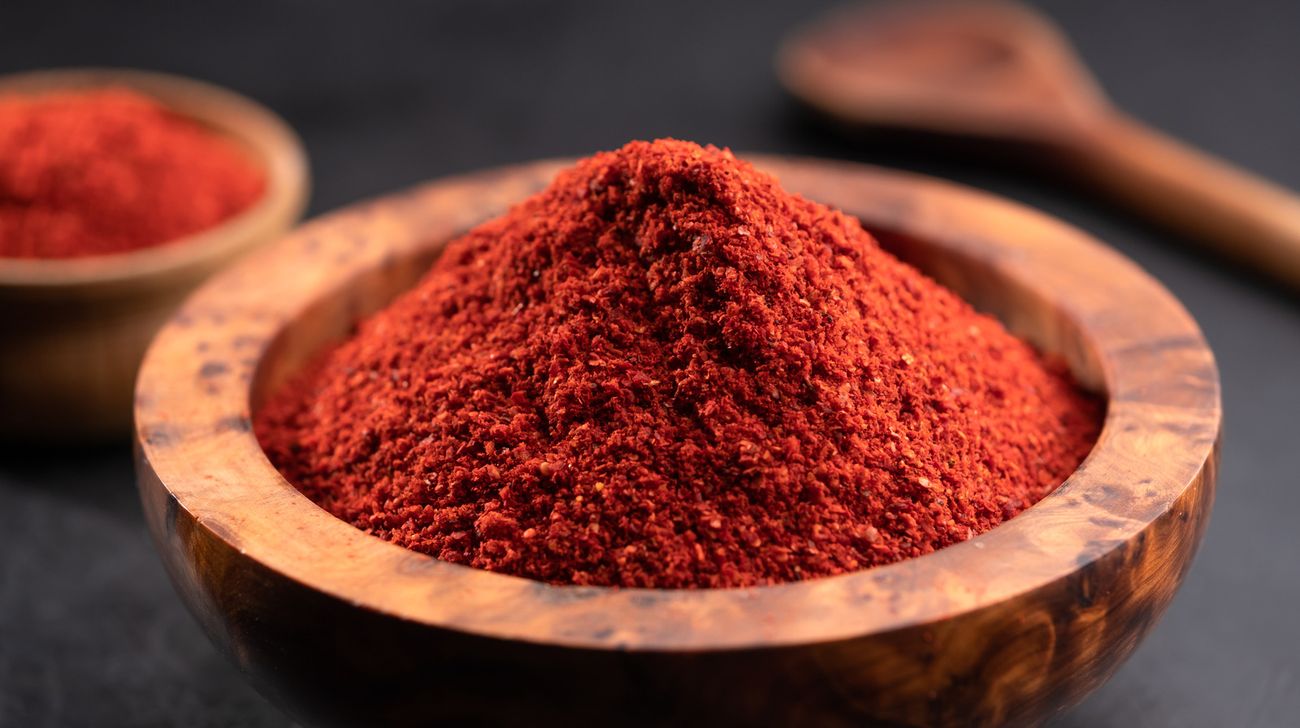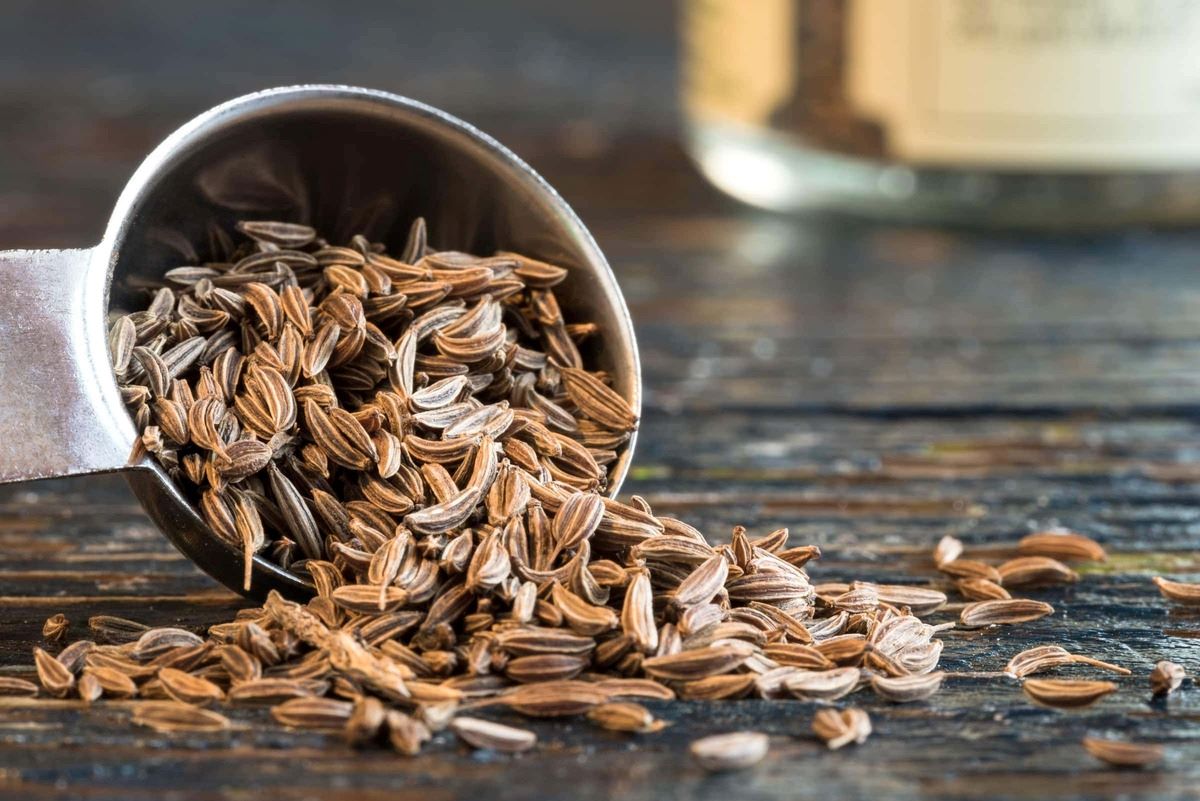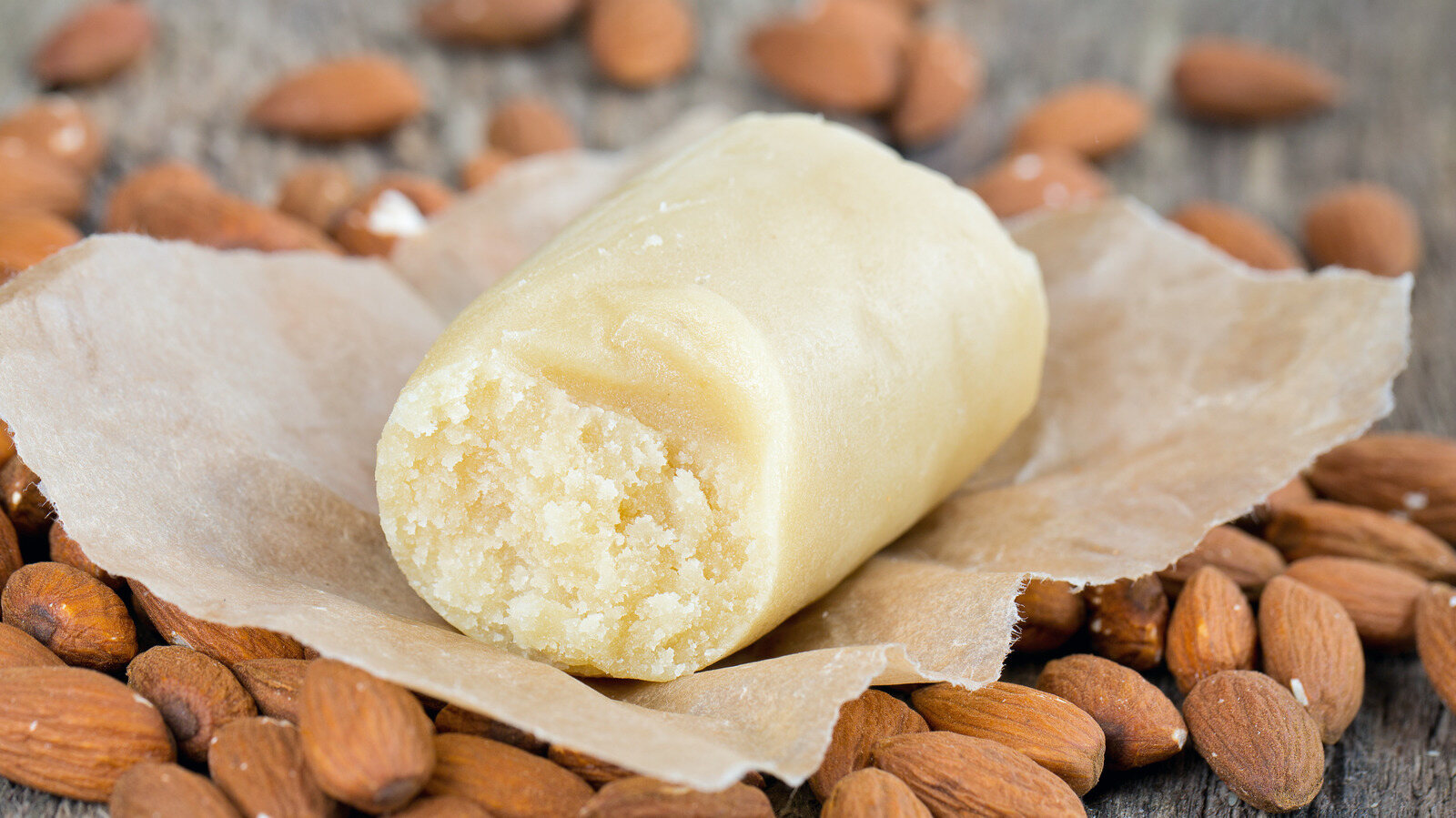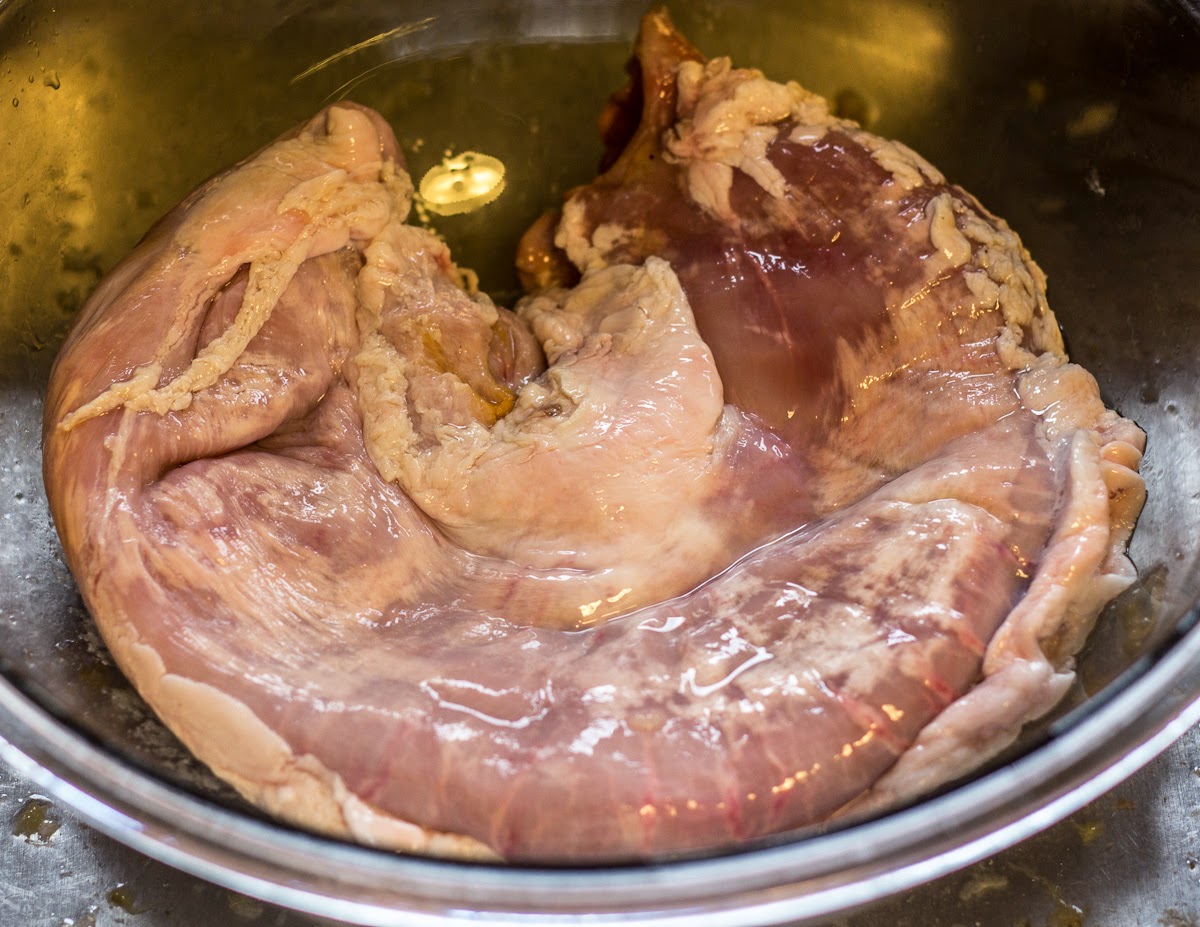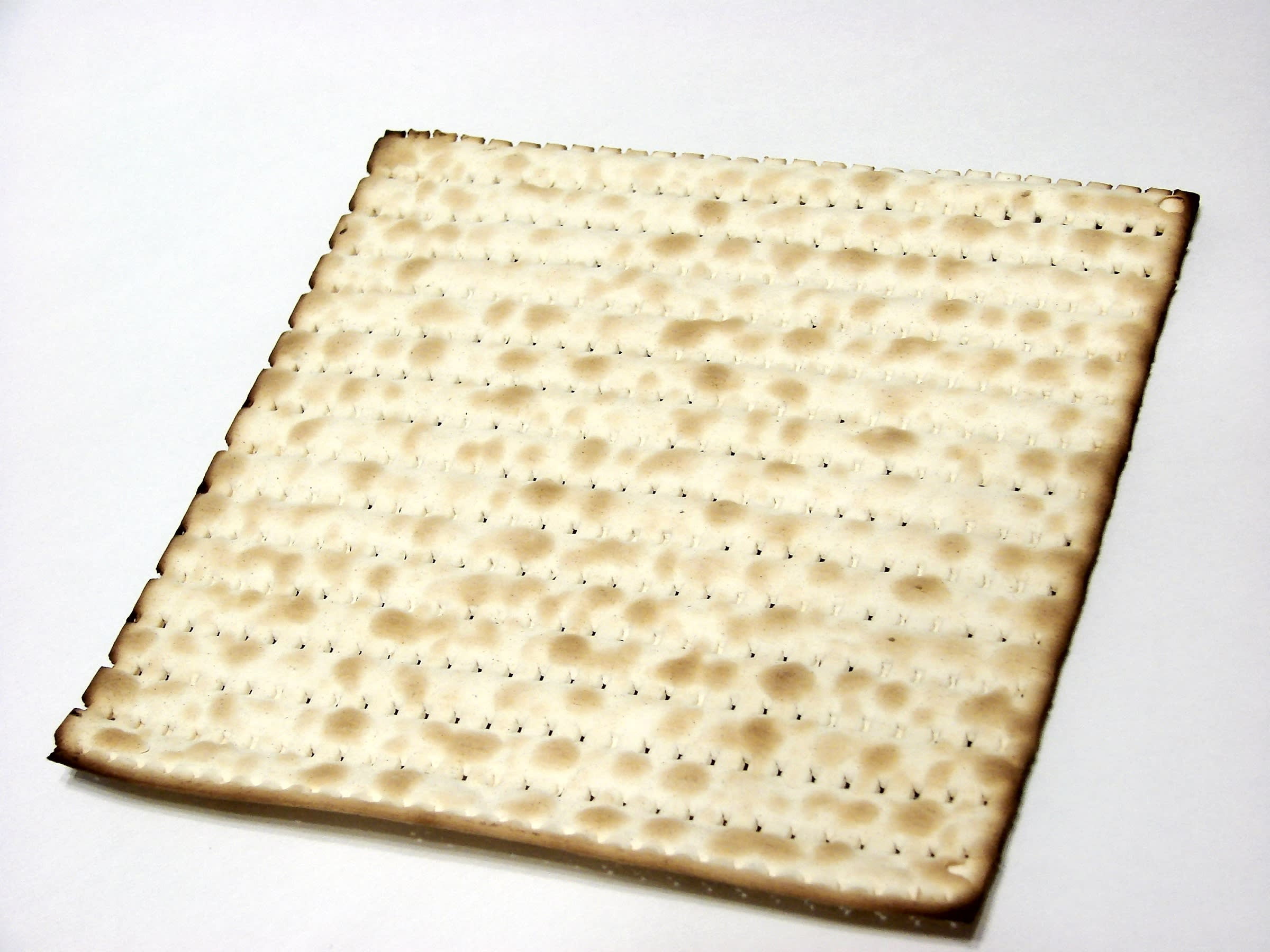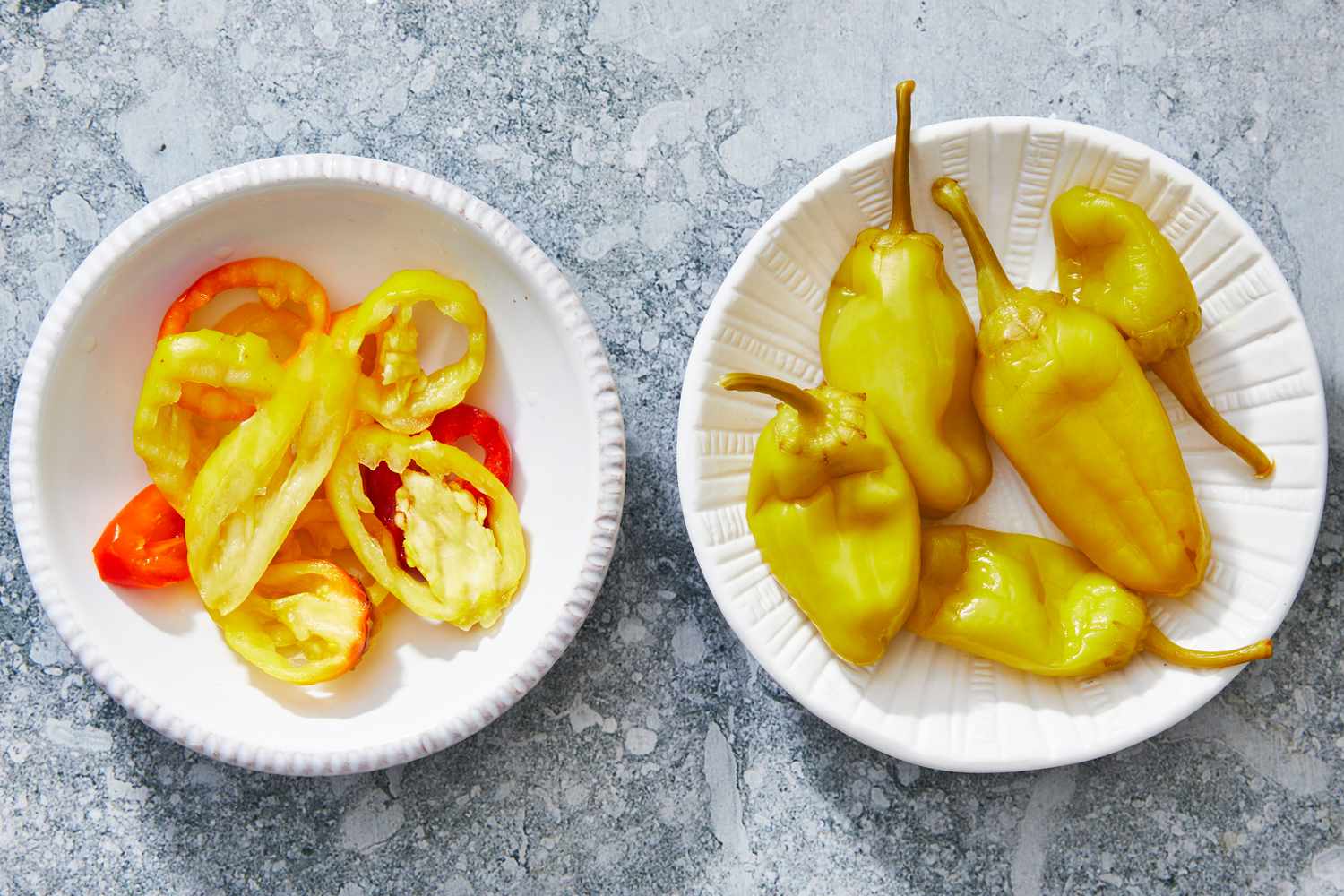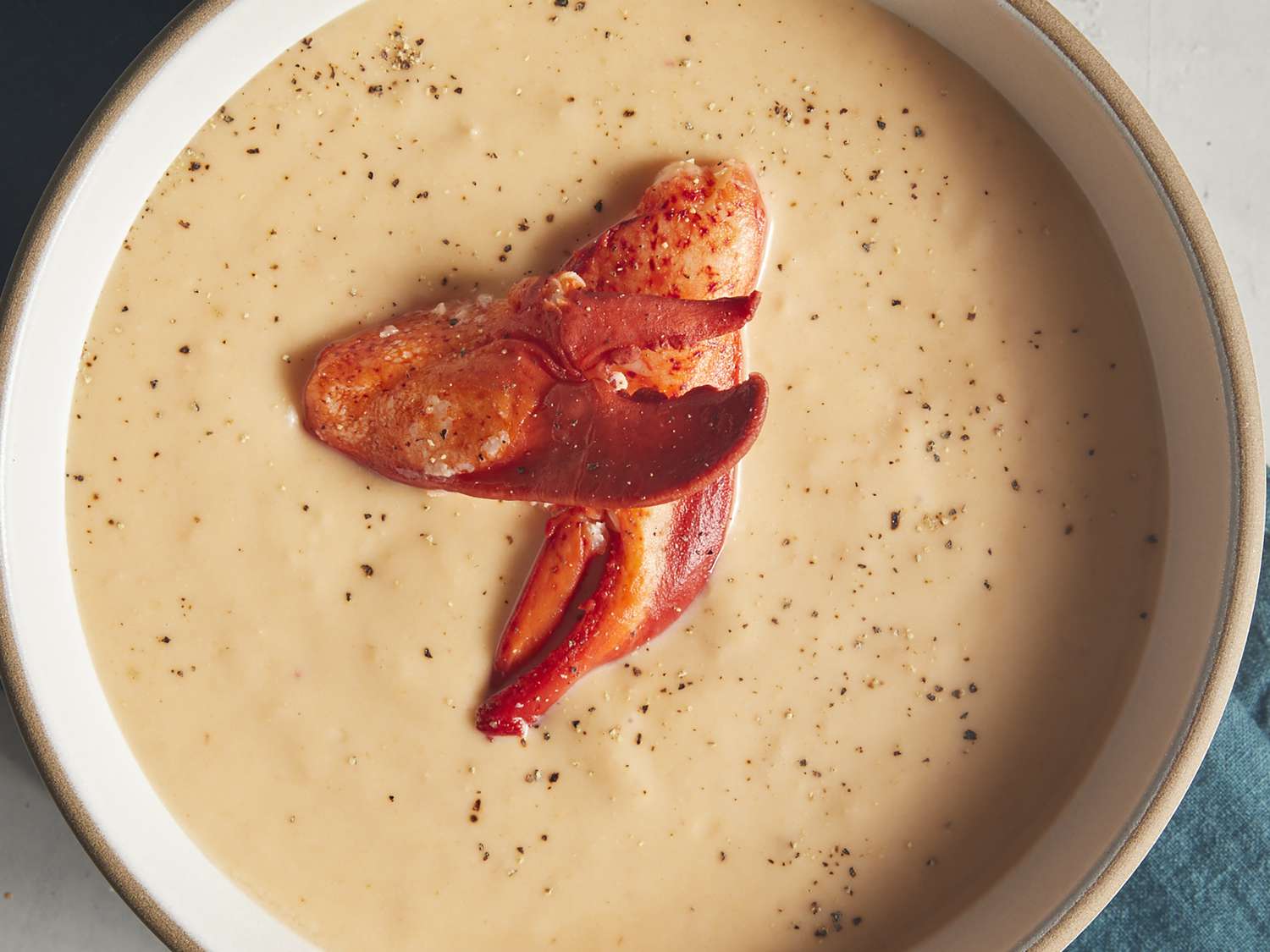When it comes to cooking pork, it's important to understand the different cuts of meat and how they can affect the outcome of your dish. Two commonly confused cuts of pork are the pork shoulder and the pork butt. Despite their similar names, these cuts come from different parts of the pig and have distinct characteristics that can impact the flavor and texture of your meal.
Let's take a closer look at the differences between pork shoulder and pork butt to help you make informed decisions when selecting and preparing these cuts.
Pork Shoulder
Pork shoulder is a flavorful and versatile cut of meat that comes from the upper part of the front leg of the pig. It is known for its rich marbling and succulent texture, making it a popular choice for slow-cooking methods such as braising, roasting, and smoking. When cooked low and slow, pork shoulder becomes tender and juicy, making it ideal for pulled pork, stews, and other hearty dishes.
Pork Butt
On the other hand, pork butt is a cut of meat that comes from the upper portion of the pig's shoulder. Despite its name, pork butt does not actually come from the rear of the pig. This cut is well-marbled and contains a good amount of fat, which contributes to its rich flavor and moistness when cooked. Pork butt is often used to make barbecue classics like pulled pork, as well as for roasts and other slow-cooked dishes.
Key Differences
Now that we understand where these cuts come from, let's delve into the key differences between pork shoulder and pork butt:
- Location on the Pig: Pork shoulder comes from the upper part of the front leg, while pork butt comes from the upper portion of the shoulder.
- Texture and Flavor: Pork shoulder is slightly leaner than pork butt, but both cuts are well-marbled and offer a rich, succulent flavor when cooked properly.
- Cooking Methods: While both cuts benefit from slow-cooking methods, pork shoulder is often used for pulled pork and stews, while pork butt is a popular choice for barbecue and roasts.
Cooking Tips
When cooking with pork shoulder or pork butt, it's important to keep a few key tips in mind to ensure the best results:
- Seasoning: Both cuts benefit from robust seasoning, so don't be shy with your spices and herbs.
- Low and Slow: To achieve tender, flavorful results, opt for low-temperature cooking methods such as braising, roasting, or smoking.
- Resting Period: Allow the cooked meat to rest before slicing or shredding to retain its juices and tenderness.
Conclusion
In summary, while pork shoulder and pork butt are often used interchangeably in recipes, they are distinct cuts of meat with their own unique qualities. Understanding the differences between these cuts can help you choose the right one for your culinary creations and ensure that your dishes turn out delicious and satisfying. Whether you're craving a comforting pulled pork sandwich or a mouthwatering barbecue feast, knowing the nuances of pork shoulder and pork butt can elevate your cooking to new heights.
Was this page helpful?
Read Next: What Is A Pancake?
